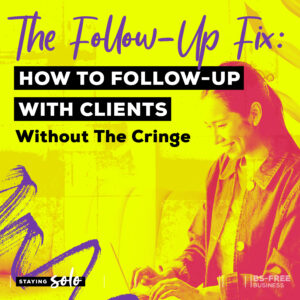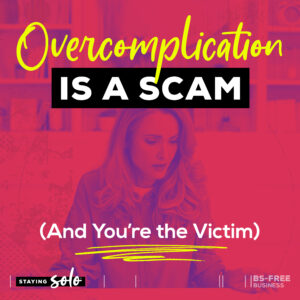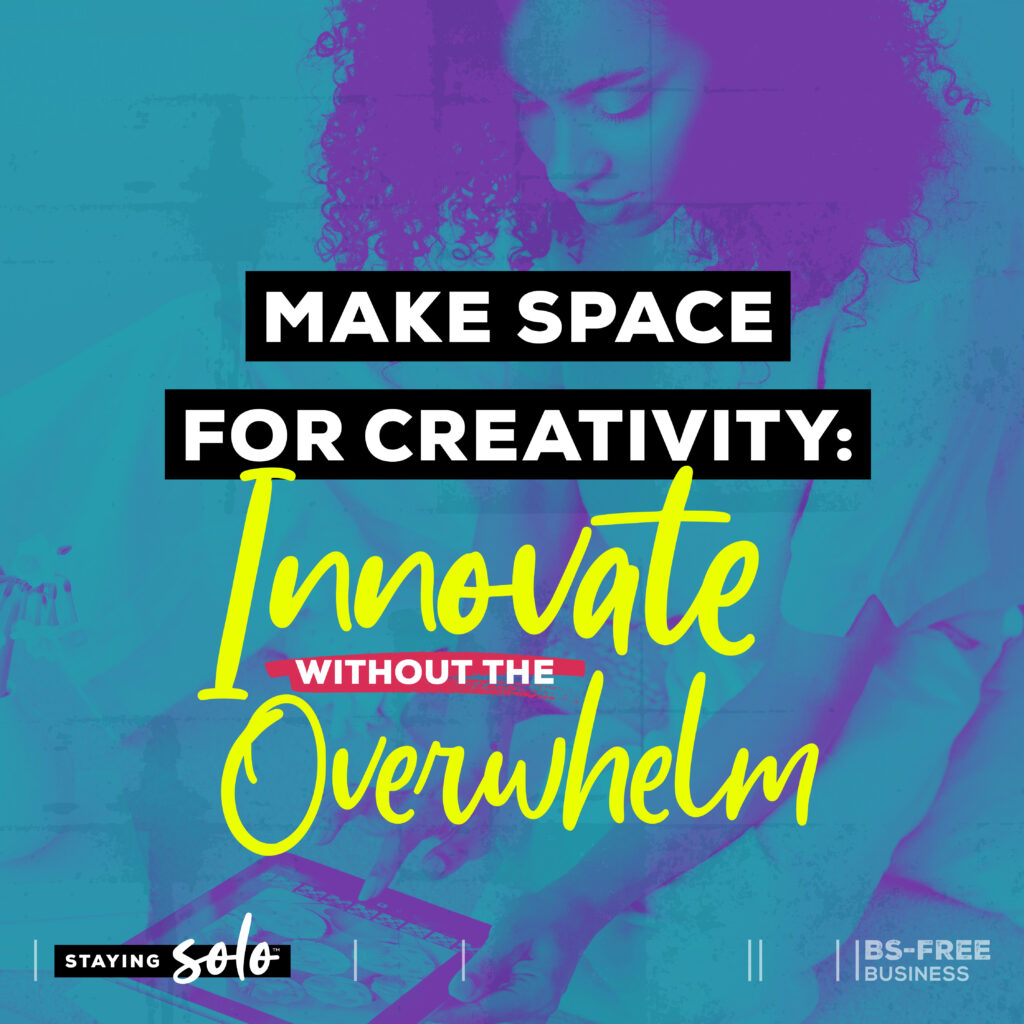
Search the site:
Make Space for Creativity: Innovate Without the Overwhelm
If your schedule is stacked, your brain is buzzing, and you’re wondering why every idea you come up with feels flat.
This episode is for you.
Because here’s the truth: Creativity doesn’t happen when you’re maxed out. It doesn’t appear during client calls or magically during your lunch break.
It needs space. Real, protected space. The kind that lets you breathe, think, explore, and play a little.
Today, we’re unpacking the myth of “always-on” creativity, why overcommitment is killing your best ideas, and how to build in the margin you need to let your creativity thrive, without blowing up your business.
The Myth of Always-On Creativity
So much of the business world—especially online—acts like creativity is this magical, endless fountain that should just pour out of you. You should always show up with fresh ideas, clever content, and brilliant offers.
If you’ve ever been on the internet for more than five minutes, you’ve been told that the key to success is constant innovation.
New content. New products. New angles. More, more, more.
It’s unrealistic as that level of output comes at a cost. It often involves burnout, creative exhaustion and an underlying sense of panic that you’re falling behind.
This myth of being “always-on” is toxic, especially when running a service-based business where your job is to serve clients, not churning out endless new ideas.
You’re Not Burned Out—You’re Maxed Out
Let’s talk about the real issue: margin. Or more accurately, your complete lack of it.
If your calendar is booked from the moment you sit down to the minute you close your laptop, of course, you’re struggling to be creative.
You can’t fill every single work hour with client delivery, calls, and admin, and you still expect to have mental space left for deep thinking, innovation, or new ideas.
This isn’t about time management—it’s about capacity. You simply need more space. (Speaking of which, space is a pillar of the Staying Solo framework, and a chapter in my book!)
Because you might not be burned out in the classic sense…but if your schedule has zero breathing room, your creativity doesn’t stand a chance.
Here’s what that can look like:
- You’re constantly second-guessing yourself.
- Every new idea feels too big, too hard, or too late.
- You dread tasks that used to excite you, because now they’re just another thing on the list.
- You feel weirdly resentful of your clients, even though you like them.
That’s not because you’re doing the wrong work. It’s because there’s no space left in your business for you.
When there’s no room for you, everything feels hard. Of course, you’re tired. Of course, you’re fantasizing about torching your business and moving to a remote island.
That’s not a red flag. That’s your brain begging for a break.
A boring business gives you that space by design. It’s predictable, profitable and peaceful.
A boring business means you’re not constantly putting out fires or spinning plates, you’re just doing your work, with time left to breathe and think.
Practical Ways to Create Margin and Make Space
Now that we’ve identified the problem, let’s discuss what to do instead.
Here are five practical shifts that will help you protect your creativity without blowing up your business:
#1. Calendar Check
Open up your calendar and ask yourself: “Where’s the margin?”If every slot is full, you’re not operating at capacity—you’re over capacity. What would it look like to work at 80% instead of 100%? What could you cut, reschedule, or say no to?
If that feels overwhelming, commit to making one small change this week—just one. Once you get comfortable with that, you can make another small change, and over time those add up to more space in your calendar, brain and business.
#2. Creative Time ≠ Admin Time
Stop trying to sneak creativity into the scraps of your day. You’ll never do your best thinking between back-to-back calls or that 20 minutes before lunch.
Please block 90 minutes a week, minimum, for creative thinking.
Make it sacred. Defend it like it’s a call with your best client because future-you needs this.
#3. Stop Booking Yourself Solid
Just because you can take that extra client or say yes to that project doesn’t mean you should.
You need white space in your schedule, like rest days in a workout routine. That’s where the recovery—and the ideas—happen.
#4. The Parking Lot Principle
You don’t have to act on every idea right away. You shouldn’t.
Have a place to park your ideas—a notebook, a Google Doc, or voice memos. Your brain will relax once it knows it doesn’t have to juggle everything simultaneously.
#5. Drop the Guilt
Let me say this clearly: you don’t have to monetize every idea. You don’t have to justify creative time. You don’t need permission to play with your business.
Creative time is not extra. It’s essential and doesn’t have to be about making money. It can be about having fresh ideas and the creative energy to bring to your client work.
Redefining Innovation as a Solo Business Owner
Let’s reframe what creativity and innovation mean for you as a solo service business owner.
It doesn’t have to be some big, splashy new thing. It doesn’t have to be a new offer, a new funnel, or a complete rebrand.
Innovation might look like:
- Refining how you deliver your services so they’re easier on your energy.
- Streamlining how you work with clients so you’re not recreating the wheel.
- Saying, “Actually, I’m going to do less—but better.”
Sometimes innovation is subtraction. Sometimes it’s permission to leave well enough alone.The point is: creativity looks different when you’re solo. That doesn’t make it less valuable. It makes it more strategic.
Space to think, explore, and create quietly fuels your well-being and business growth.
Space is a Strategy, Not a Luxury
Here’s the truth: Making space for innovation isn’t about finding your “next big idea.” You don’t need to chase the next big thing.
You need to nurture what’s already in front of you. Give your existing ideas space and stillness, and they’ll tell you what to do next.
Here’s your one small action for the week:
Block even an hour of protected time for creative work or play. Not for delivery. Not for content. Not for admin. Just creative space. Whatever that means for you.
And if you want to get proactive about creating more space in your business, you’ll want to pick up a copy of my book Staying Solo: Your Guide to Building a Simple and Sustainable Service Business. In chapter 5, I talk about the critical role of space and how to make more of it.
Speaking of the book, I’m excited to share that I’m hosting the Staying Solo Summer Book Club starting in June, and you’re invited!
Whether you’re reading poolside, hiding from the heat in your office, or squeezing in a few pages between client calls, this is your invitation to crack open a business book that won’t make you roll your eyes.
When you join, you’ll get one email per week for six weeks with a takeaway, a few quick reflection prompts, and one small, doable action step. Plus, you’ll be invited to our Final Chapter live book club session in July, where we’ll chat, reflect, and figure out what’s next for your solo biz.
And yes, there’s exclusive Staying Solo swag because what’s a book club without a bit of surprise-and-delight?
You can join us at: bsfreebusiness.com/club

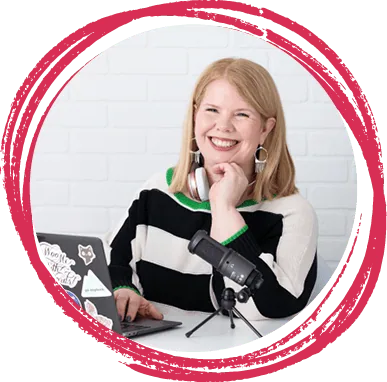
I’m Maggie Patterson (she/her), and services businesses are my business.
I have 20+ years of experience with client services, am a consultant for agency owners, creatives, and consultants, and vocal advocate for humane business practices rooted in empathy, respect, and trust.
Check Out These Posts
For Solo Business Owners
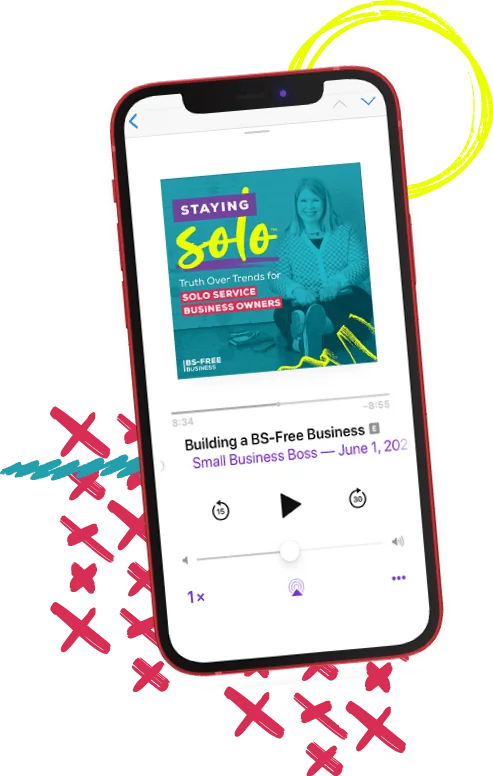
Growing a solo service business is tough.
It’s even harder when you’re bombarded with BS advice that steers you away from your values and why you started your business in the first place.
This is the podcast for solo creatives and consultants who want to remain as a team of one and have zero interest in the hustle and grind of typical business teachings.
Subscribe now and never miss an episode.
For Micro Agency Owners
Most podcasts for agency owners obsess over revenue growth as the ultimate success metric.
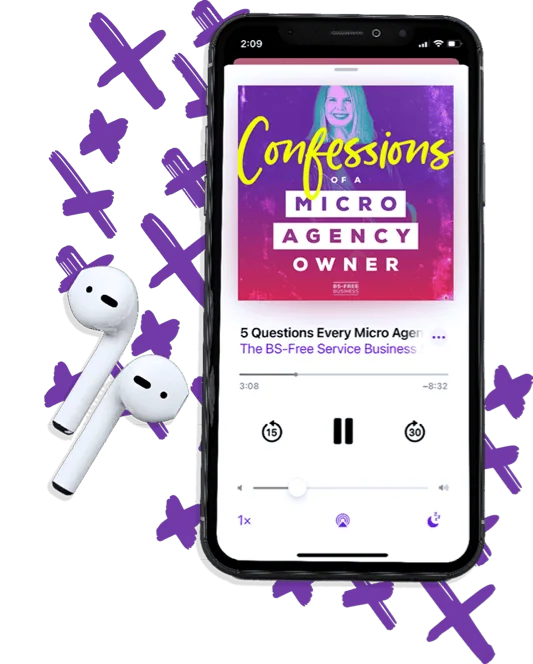
But here’s the truth: not everyone wants to make millions. Your goal might be to build a sustainable business that lets you have a life and doesn’t run you into the ground.
Join me as I spill my shameless confessions and share everything I’ve learned about building a micro agency that skips the BS of tired and typical agency teachings.
Follow Now on All Major Podcast Platforms




